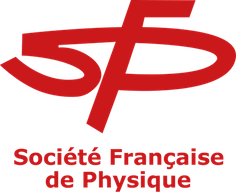Orateur
Description
We present a new generation of Resistive Plate Chambers (RPC) that are able to withstand high particle fluxes ($\rm up \ to \ 2~kHz \ cm^{-2}$). These chambers will be instrumented with precise timing readout electronics, and they are proposed to equip two of the four high eta stations of the CMS muon system.
Two-gap RPC detectors, with each gap made of two $\rm 1.4~mm$ High-Pressure Laminate (HPL) electrodes and separated by a gas gap of the same thickness, are proposed. The new scheme reduces the amount of the avalanche charge produced by the passage of a charged particle through the detector. This improves the RPC rate capability by reducing the needed time to absorb this charge. It called the new Front-End Electronics Board (FEB) to keep the RPC efficiency high, a sensitive, low-noise, and high time resolution.
A thin ($\rm 0.6~mm$) Printed Circuit Board (PCB), $\rm 165~cm$ long, equipped with pickup strips of the average pitch of $\rm 0.75~cm$ is inserted between the two RPC gaps. The pieces are read out from both ends, and the arrival time difference of the two signals is used to determine the particle position along the strip ($\rm \eta$ area).
This new signal readout way requested a new approach to clustering data. We developed a new clustering based on the principle of time of arrival information. One of the realizations of this algorithm was tested base on simulation and test beams data.

